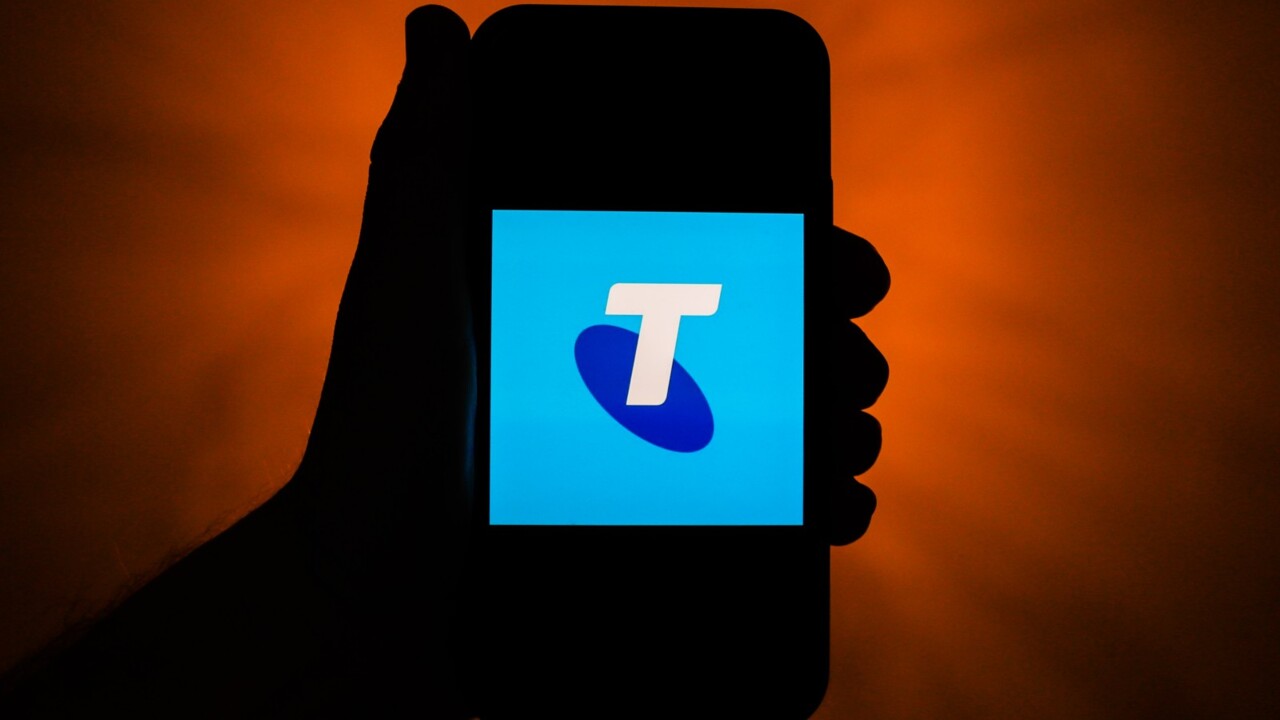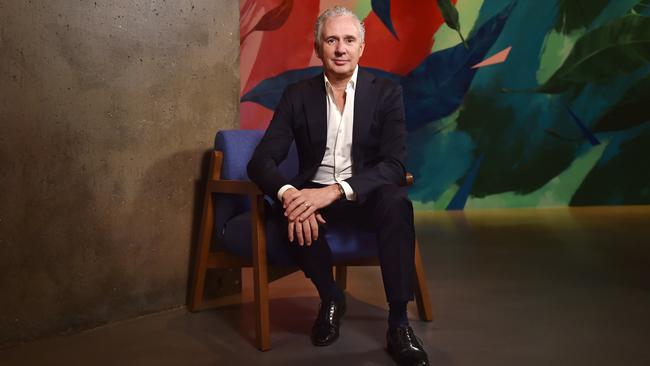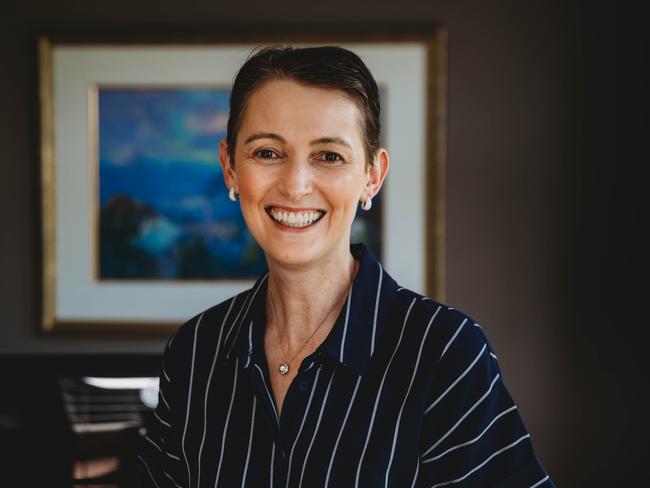Telstra chief Andy Penn assesses telco’s health as he prepares for his final annual result

When he steps down, he can claim credit for delivery of a future-fit digital gorilla. This is a reset that took four hard years of transformation and which at times tested the market’s confidence in the CEO. And it has left Penn with strong views about the right and wrong ways for companies to go digital.
“We had to drag ourselves into the digital world,” says Penn in an exit interview with The Australian. “We could see just how much digital adoption was going to accelerate. I believe we’ve done that through T22.”
So was it luck or skill that has allowed Penn to depart on a high?
“Quite often for a CEO there are many things outside your control,” he says. “It’s hard to choose your timing on the way in. It’s a privilege to choose the timing on the way out.”
Penn’s timing on the way in was lousy. The euphoria from the NBN deal – struck with the federal government in 2011, streaming a windfall to shareholders – was well and truly over. By 2015, when Penn, took over it was clear Telstra’s prospects were under a cloud – and not a digital one. The NBN rollout had not even started.

“We announced this vision to become a world-class technology company that empowers people to connect and it fell completely flat. People just didn’t think it was credible given where we were at the time,” says Penn.
As chief financial officer since early 2012, Penn does not absent himself from responsibility at the time. The NBN rollout proved fiendishly difficult, both operationally and financially, as consumers will attest.
“I don’t think, candidly, the company had got its head around that,” he says. “We were looking at investing in software and Ooyala and health to try and offset the headwind and had not really tackled that we needed to fundamentally transform the core telco business.”
By 2015 Telstra had still not told the market what the headwind cost would be. Penn’s first estimate in 2016 of $2bn to $3bn eventually landed at $3.6bn in pre-tax earnings from customers transferred out of Telstra.
There were other headwinds.
From 2015 to 2020 Telstra’s most profitable market – mobile – went into cyclical decline with average revenue per unit falling 12 to 14 per cent.
And at the start of 2016 Telstra was hit by two major outages. “I remember thinking ‘Jeez, where did that come from?’ Telstra has always been known to have the best and most reliable networks,” says Penn.
Between May 2015, when Penn took over, and June 2018 Telstra shares lost over 50 per cent in value. “By the time we got to 2018 I was under a lot of pressure,” says Penn.
It was then – with some in the market looking at Penn through crosshairs – that he announced the company’s new T22 strategy.
Penn credits a very supportive chairman in John Mullen and singles out director Roy Chestnutt who had been the head of strategy and corporate development for Verizon globally.
T22 was ambitious. Penn simplified the number of products on offer from 1,800 plans to 20; he sold about $5bn in various assets, created a stand-alone infrastructure business and drove through a major cost cutting program.
In September, Telstra’s $2.8bn sale of 49 per cent of its InfraCo Towers was lauded for realising value for shareholders.
But ask Penn and it is simplification that was the most important part of the T22 strategy. It preceded and facilitated everything else. Penn says it is not surprising that long established businesses like Telstra, with complex systems that seem poor against new competitors, want to digitise and match their rivals.
“But they usually fail in those digitisation programs. The reason they fail is they try and digitise the past,” says Penn.
He says the temptation is to try to digitise without disturbing the millions of contracts with customers, even though new contracts would be better for them.
To turn 1,800 products to 20, Penn had to write off half a billion dollars. But that reform means all customers are now on the same ledger. “We are never going to have a back book. So every time we make a feature change every customer gets it, it is not only for new customers,” he says.
It was through simplification that Penn was able to improve customer service and reduce costs as processes became digitised.

Andy Penn’s other legacy will undoubtedly be in national and cyber security. He chairs the Cyber Security Industry Advisory Committee which advises the government and will continue to do so.
Perhaps for that reason the political backstory behind Telstra’s government-backed takeover of the dominant telco in the Pacific, Digicel is yet to be written.
“Yes the Pacific is important but we do so much work domestically to protect people as well,” says Penn. “I deal with so many different parts of government both state and federal and I learnt early that investing in those relationships and looking to work in partnership with government was going to be incredibly important. So much of what we do every day touches so many parts of government.”
In September last year, Penn announced a new T25 strategy that replaced T22.
T25 – which will be left to new Telstra chief executive Vicki Brady to implement – is about growth: investment in 5G to cover 80 per cent of the mobile network and scaling up loyalty rewards Telstra Plus. Telstra also plans a further $500m in cost reductions. The Telstra gorilla is future fit but not future proof.
It’s not hard to find a grumpy telco customer in Australia. For Penn there were scraps with the regulator and a low point in May last year where Telstra was ordered to pay $50m for unconscionable sales to Indigenous customers in 2016 and 2017.
But Telstra’s culture under Penn’s seven year tenure has proved strong and coherent. The CEO says employee engagement has never been higher and the company is agile at scale.
“The fact that I’ve been able to create my successor and the CFO successor from within the team, it’s a great team that is very cohesive. Strategies come and go but those things are durable and will mean whatever our strategy is in the future we will be able to respond to,” says Penn.






After seven years in the job, Andy Penn will next week hand down his final annual result as Telstra’s chief executive.